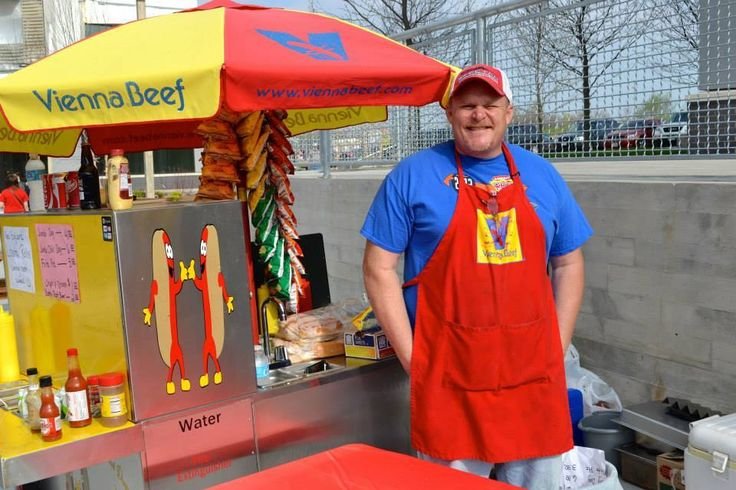Some Observations from Client Meetings
Over the last several weeks I’ve been meeting with clients.
This first meeting of the year is intended to recap past portfolio performance and review where our lives are in relation to our money. It also helps set the tone for the upcoming year so we can ensure our objectives and resources are in sync.
Here are some takeaways from talking with clients so far in 2022:
Established investors have barely noticed the recent market troubles.
These client conversations are always helpful, but when the stock market declines 5.3% (as the S&P 500 did this January) around the time of those meetings, it adds an additional layer of discussion.
You might think that investors with the most to lose — those in the later stages of their financial plan with fewer (or zero) working years left and whose portfolios fall a lot* when a pullback occurs — would also be the most spooked by turmoil in the financial markets.
(*a 5% decline on a $2,000,000 portfolio is a much larger dollar amount than a 5% decline on a $200,000… No matter how wealthy you are, seeing these big dollar swings can be surprising).
However, in conversations I find that most of the more established clients are ready to deal with volatility whenever it comes, even though the stakes tend to be higher for them. Their past experience is a huge advantage in helping stay calm in the midst of chaos.
When I start working with a new client, a question I often ask is What was 2008 like for you? … or, if they were investing in 2000-2002, What decisions did you make surrounding the Tech Bubble and how did it impact you? The answers to these questions help give me a bit of a formula for how we may approach similar difficult markets in the future. However, for younger investors, they may have not have accumulated enough savings in those periods for the market crashes to matter as much. Each investor has a first crash where they lose a lot. For most of my clients, this first crash is in the rearview. For some, it’s still to be determined.
(I wrote about this a few months ago in my blog, First Crush, First Crash.)
If you weren’t investing huge sums in 2000 or 2008 but you are now, that’s okay. The rapid crash of 2020 was a formative moment for you and there will certainly be others coming to learn from.
Investing through the next several years may look different than it has over the last several.
Clients seem to understand that the world we live in has some challenges and our approach must reflect that. Very few investors seem to want to chase after what has been prolific in recent history — I think this is a good thing.
Here’s a version of a story I’ll often use in client meetings to highlight some principles on this subject:
“This is Jeff.
Jeff bought this hot dog cart and started a business for a total cost of $20,000.
Jeff buys hot dog supplies and then sells hot dogs at a price where he earns a profit.
This profit allows Jeff to pay himself, OR it allows him to invest in the business to add another cart or invent a new kind of mustard or something.
Jeff could take a loan out to invest in the business, but profit gives him another option if those loans get expensive due to rising interest rates.
After many successful years in the business, Jeff thinks he might want to do something else with his life and starts to look around for a buyer of his business.
In talking with potential buyers, the price they’re willing to pay Jeff for his business has to be fairly attractive in order to persuade Jeff to forgo those profits he would be making if he didn’t sell. If the price isn’t attractive he can easily walk away, keep selling hot dogs and collect the owners profit (dividends).
If Jeff had no profits, then the only way selling the business could be a fruitful transaction is if he collected more than the $20,000 he bought it for.
The profits give him multiple paths to pursue his desired outcome.”
In recent years, it may have been enough for Jeff to simply craft a really great story about a “magic fat-burning mustard” he’s working on and then use the mania created by his story to go and sell his business for a big premium. The presence of profit wouldn’t have mattered as much as the story. This is made possible when there is a glutton of dollars available to chase after even the most speculative deals in stocks, crypto, real estate, etc.
Jeff’s story is a micro-example of something that many investors have forgotten in our low interest rate, highly speculative and euphoric environment of the last decade or so.
That thing they’ve forgotten?
Earnings matter. Profit matters. Resilience in tough times matters.
This is an idea I think is worth remembering when building your portfolio. If you have something worth protecting, consider building a fortress and a moat around it.
Everyone wants to know if I’m planning on getting a second career as a midwife.
After delivering Adele unexpectedly in our home last September, a common question I’m getting from clients is: do you plan on having a side gig delivering babies?
My answer: Nope….Doing this work along with parenthood is enough to keep me occupied for the foreseeable future. These kids are keeping us on our toes.
Really though, she was by far the best thing to come out of 2021.
Check out how cute she is.
Final Thoughts
Things were good last year and they’re good right now.
Clients I spoke with are counting their blessings, staying grateful, and remaining disciplined. People seem pretty content.
And while I’m optimistic about the future (see picture of the baby girl above to see why), I’m also aware of how business cycles tend to progress and some of the challenges which can be presented. We’ll be considering —and adjusting to— those challenges going forward.
Until next time, onward.
Adam Harding


